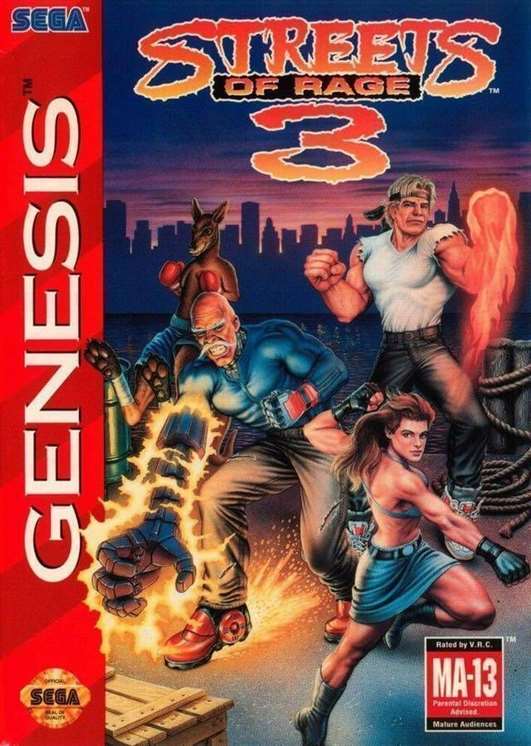

Pac-Man 2: The New Adventures, known in Japan as Hello! Pac-Man (ハロー! パックマン), is a side-scrolling adventure game “sequel” to Pac-Man. Instead of being a maze game like the majority of its predecessors, Pac-Man 2 incorporates light point-and-click adventure game elements. It was produced and published by Namco for the Super Nintendo Entertainment System (SNES) and Sega Mega Drive/Genesis systems, and was released in 1994 by Namco. The game borrows its structure and certain elements from Pac-Land, and also appears to contain certain elements from the animated series, such as Pac-Man’s family and a main villain commanding the ghosts. The SNES version of Pac-Man 2 was re-released on the Wii U Virtual Console on 3 March 2016. [2]Gameplay
Pac-Man 2 carries a style of gameplay similar to that of traditional Point-and-click adventures, but with a few key differences that set it apart from other games in the genre. Unlike most Point-and-click games where the player can interact with the environment via various commands, “the player has no direct control over Pac-Man”.[3] Instead, he independently moves and interacts with the world, characters, and sometimes the player. The player’s main ability is to influence, rather than control, the character’s actions. The only command that can be given is via the “Look” button, which makes Pac-Man look or turn in whichever direction is held on the control pad. The player takes the role of an observer, armed with a slingshot that can be used to indirectly affect or strike objects in the world, including Pac-Man himself.
Pac-Man 2’s puzzles also depart from the standard mold of inventory, logic and physics puzzles typical of most point-and-clicks. Instead, solutions to puzzles often depend on managing Pac-Man’s wildly different moods. Pac-Man’s mood can change in response to what he encounters in his environment, or the actions the player takes; for example, shooting down an apple for Pac-Man to eat will make him happier, whereas shooting him on the head will either enrage or sadden him, depending on the circumstances. There are other moods as well, including sadness, fear, and cockiness, each with varying intensities. Making Pac-Man too happy, for example, will make him smug, which makes him braver, but also much more rude and less cooperative. While negative moods can often make progression difficult and can be difficult to change, sometimes these moods can be needed to progress in the game. Throughout the story line, Pac-Man is repeatedly harassed by Inky, Blinky, Pinky, and Clyde, the recurring ghosts of the Pac-Man series. When he encounters them, Pac-Man becomes paralyzed by fear and eventually faints, unless he is fed a power pellet by the player, of which 3 can be held at a time. If he eats one, Pac-Man briefly becomes Super Pac-Man and flies across the screen, eating any ghosts he sees. In some cases, the ghosts may be guarding important objects needed to advance further.
In addition to the standard gameplay, there are certain sections of the game in which Pac-Man rides in hang-gliders or mine-carts, and the player must keep Pac-Man from crashing into obstacles or ghosts. These and other parts of the game are focused more on action and reflexes, and require good use of the slingshot to keep Pac-Man alive.





